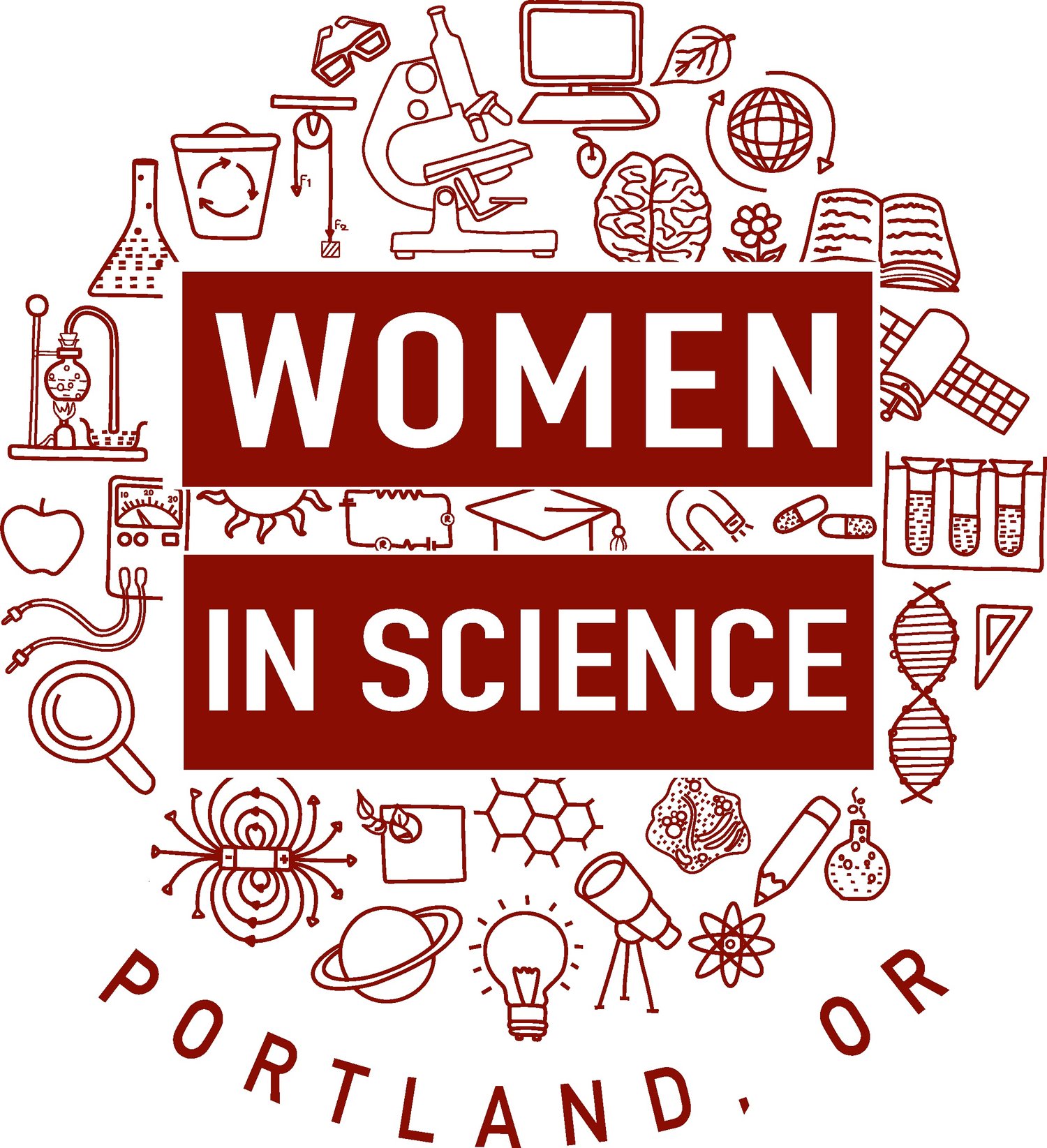The Unexpected Magic of Snail Mucus
A common Helix lucorum snail with a striped brown shell crawls atop rock, sensing their surroundings. Source:iStock
From wound-care research, a natural and unlikely hero arises the snail. Researchers from the Institute of Botany at the Chinese Academy of Sciences recently published a study with remarkable results: snail mucus significantly outperformed traditional biological adhesives used in current wound care. This finding has several biomedical applications. The mucus evaluated in this study is from the widely common snails of the Achatina fulica and Helix lucorum species. Aptly named dry snail mucus glue (d-SMG), the mucus was collected and freeze-dried by researchers before being subjected to a number of tests measuring its strength and durability when used to heal wounded mouse tissue. It was found to adhere and withstand shear stress significantly better than traditional fibrin glue, have exact quicker hemostasis than gauze, and promote tissue regeneration and wound closure more efficiently than sutures. d-SMG is compatible with human tissue, can adhere to wet surfaces, and promotes healing in diabetes-related chronic wounds – three desirable and widely unavailable qualities in current tissue adhesives.The magic of the snail mucus is found in its composition. The mucus is full of large, interactive protein and glycosaminoglycan networks, and ions capable of instigating electrostatic reactions with themselves and tissue surfaces. This creates a double-network hydrogel capable of accelerating wound healing more successfully than current techniques.This work signals a bright future for tissue adhesion development, as the adhesion mechanisms and properties of the mucus provide bioengineers with strong blueprints for next-generation wound care. May we never view snail mucus as “gross” ever again!
Jane Arterberry is working on her undergraduate degree in biology with a chemistry minor at Portland State University Honors College. She is a member of PSU’s eXtreme Virus Lab, a BUILD EXITO trainee, and is interested in genetics and molecular biology. Her favorite things include watching live music, petting everyone’s dogs, and making academia a more inclusive place.


